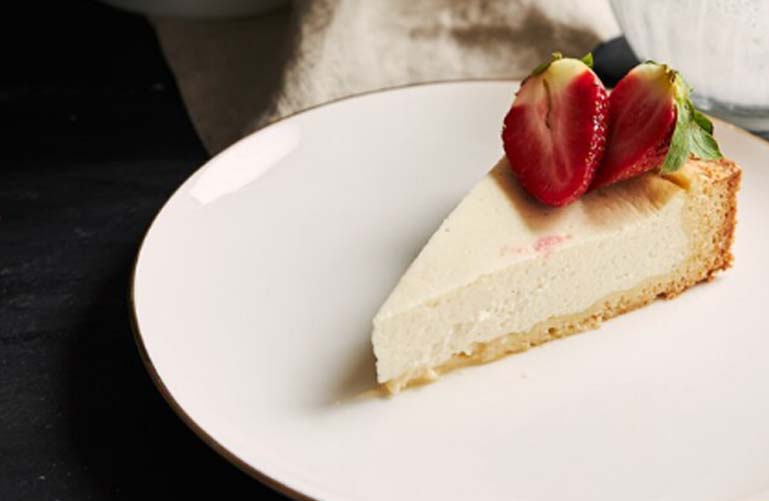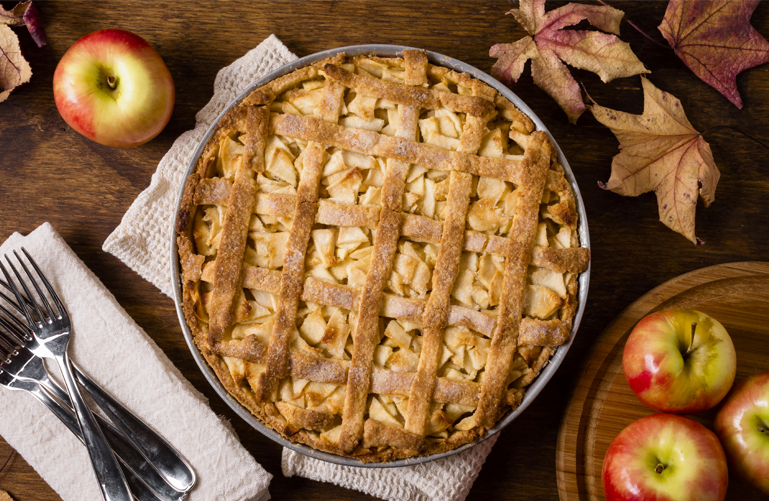The Cheesecake, a classic among desserts, is a heavenly indulgence that captivates with its elegance and exquisite flavor. Its crunchy Graham cracker crust, combined with the silky and decadent cream cheese filling, creates an unforgettable taste experience. With its aroma of vanilla and delicate texture, each slice is a delight for the senses. This cheesecake, with its perfect balance of sweetness and creaminess, is the ideal way to culminate a meal or celebrate a special occasion.
The Impact of Cheesecake on Health (Cheesecake)
Cheesecake, a dessert loved by many, has been the subject of debate in terms of its impact on health. This delicious treat, with its graham cracker base and rich cream cheese filling, is undoubtedly a pleasure for the palate, but at what cost to our health?
First, let's examine the basic components of Cheesecake and their nutritional impact. Graham cracker crusts, while crunchy and tasty, often contain high levels of refined carbohydrates and sugars, which can increase blood glucose levels and contribute to weight gain if consumed in excess. On the other hand, cream cheese filling, although delicious and creamy, is high in saturated fat and cholesterol, which can increase the risk of heart disease and other health problems if consumed in excess.
However, not all is bleak in the world of Cheesecake. Some versions of this recipe can be modified to be healthier. For example, using low-fat or sugar-free ingredients, such as reduced-fat cream cheese and fat-free sour cream, can significantly reduce the calorie and saturated fat content of the pie, making it more suitable for those following a diet. low fat or are trying to control their weight.
Additionally, cheesecake may also offer nutritional benefits. Cheese, one of the pie's main protein sources, provides essential amino acids for muscle growth and repair, as well as calcium and other nutrients important for bone health. Additionally, antioxidants present in ingredients such as fresh fruits or lemon zest can help combat oxidative stress and promote overall health.
In short, Cheesecake can be enjoyed occasionally as part of a balanced and moderate diet. While it is important to take into account its calorie and fat content, as well as the quality of the ingredients used, we can also find ways to make this delicacy healthier and enjoy it in moderation. As with any indulgence, balance and moderation are key to maintaining a healthy and satisfying lifestyle.

History of Cheesecake
The history of Cheesecake is rich and fascinating, with roots dating back centuries. Although the modern version of this dessert is widely associated with American cuisine, its origin is debated and it has connections to various cultures and culinary traditions.
Cheesecake is believed to have its origins in Ancient Greece, where primitive versions of sweet cheese were prepared by mixing fresh cheese with honey and wheat grains. This type of dessert was consumed at the Olympic Games and is said to have provided energy to the athletes.
Over time, the recipe spread across Europe, where it was adapted and fused with local culinary traditions. In the Middle Ages, European monks began experimenting with various cheese-making techniques, and it is believed that they were the ones who developed the first versions of the modern Cheesecake.
During the 18th century, Cheesecake began to appear in British and American cookbooks, although in very different forms than we know today. Instead of the graham cracker base that is common in today's recipe, these early versions often had a shortcrust or even bread base.
It was in the 20th century when Cheesecake began to gain popularity in the United States, especially after World War II, when the ingredients necessary for its preparation, such as cream cheese, became more accessible. The recipe was perfected and evolved over time, and today it is a classic of American cuisine and a beloved dessert around the world.
Cheesecake has continued to evolve and adapt over the years, with a variety of flavors, styles and presentations that reflect the diversity of contemporary cuisine. From classic cheesecakes with fresh fruits to more modern versions with innovative ingredients, this versatile and delicious dessert continues to be a source of inspiration for food lovers everywhere.
Maybe you might like: Porra antequerana (Spain)
credit images: Freepiks



